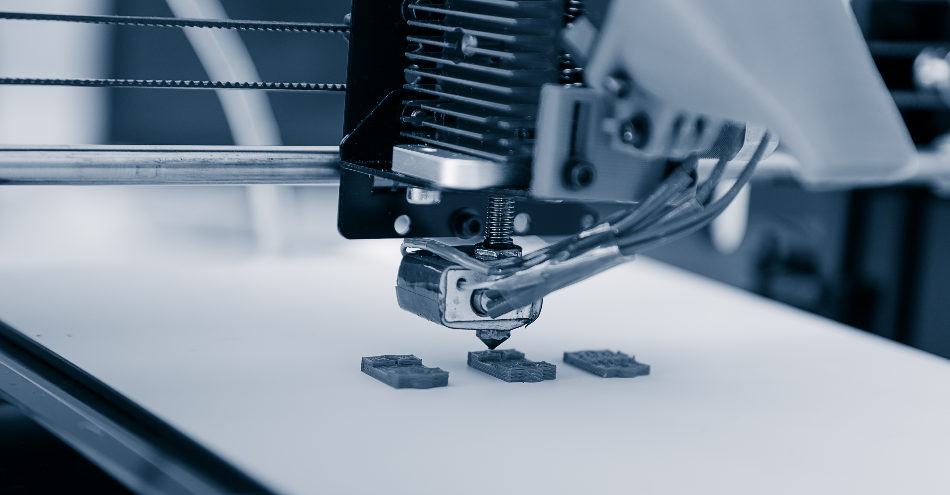
Alex_Traksel / Shutterstock
Sensors are described as an object or piece of technology that both identifies and detects altercations in a particular environment. Once these devices have identified any changes, they send a signal to a computer source. A popular sensor is 3D sensor technology and its primary manufacturing relies on the electronic devices that offer many printing processes for customized substrates.
The current success of 3D printers is their sensors’ multiplex benefits, as well as their additive and accommodating manufacturing, which offers a unique range of sensor creation. The recent breakthroughs in 3D-printed sensors display the expansive victories of 3D printing technology, especially when creating sensors. An ability to print sufficient and adequate sensors enables a future with more sensor availability and application.
Why it’s an Advantage
The innate advantage of using a 3D printer to create sensors is its ability to connect to standard equipment by being printed and produced along with it. This revolutionary inception of integrated sensors in standard structures of interface boards, or multimeters, eliminates the need for extra costs and resources. Applying such a condensed approach to sensor creation welcomes various new applications for 3D printing and its capacity to print other technologies and devices.
3D printing is commonly used by large-scale companies to create prototypes. When a 3D printer builds a prototype before a product’s final manufacturing, the process is known as rapid prototyping. This encompasses a group of techniques that speedily materialize a scale model of an object or congregation of physical parts using three-dimensional computer designs. Additionally, 3D printers can generate multi-featured objects and devices straight from a single source - which effectively cuts time, material waste, and excessive machinery use. There are a few cost-efficient 3D printers that make this process more approachable and in turn, this accessibility has the chance to make 3D printed sensors more wide-spread.
If businesses can apply 3D printing technology, especially with devices like sensors, it gives the creative option to customize company products. As the production abilities of 3D printers expand and its technology becomes more common, the desire for printing technology and materials that print practical and useful devices like electronic sensors also increases.
If companies begin to produce embedded sensors in their products, they can acquire customer feedback systematically and efficiently. For example, sensors can detect the tangible interactions people have with their products. These sensors can, therefore, monitor and decipher customer satisfaction or dissatisfaction.
Business entrepreneurs and designers alike imagine a piece of technology, such as 3D printers, that efficiently and creatively manufactures intricate and advanced commodities. To merge both this functionality and innovation, the advanced and customer-interactive methods of 3D printed sensors are desirable. One of the most beneficial and user-friendly features of 3D printed sensors is their ease to interface to and they do not require any complex electrical circuiting. These 3D printed sensors are able to be viewed by already existing open-source devices.
Conclusion
The future of sensing applications has high hopes in the 3D printing community. In the next few years, these sensors will be able to do the following: detect toxins, provide immediate customer feedback, partake in real-time tracking of living organisms, as well as congregate exceptionally detailed data.
These prospective advancements of sensors require more attention to 3D printed sensor research. In order to improve the field of these sensors, researchers must delve into the nuances of item sensitivity and device detection. However, the development of affordable and accessible sensors and other forms of technology from a single source begins a new, advantageous way forward for manufacturing, customer service, business independence, and company creativity - all without the hassle of complex devices and pricier methods.
Sources
Disclaimer: The views expressed here are those of the author expressed in their private capacity and do not necessarily represent the views of AZoM.com Limited T/A AZoNetwork the owner and operator of this website. This disclaimer forms part of the Terms and conditions of use of this website.